1. Dredging and cleaning
Ditch boat winches play an important role in dredging operations in waterways and ditches. Over time, silt, weeds and other obstacles accumulate in ditches, which will affect the flow of water. Using winches can effectively remove these sediments and keep the waterways unobstructed. During heavy rains or floods, water flow may be hindered, resulting in flooding or high water levels. Through dredging work, these problems can be avoided and the surrounding environment can be guaranteed. The use of winches can improve work efficiency, reduce the input of manpower and material resources, and ensure that the work can be completed in a shorter period of time. Regular dredging and cleaning not only helps flood prevention, but also protects the ecological environment and promotes the healthy growth of aquatic organisms.
2. Transporting heavy objects
In waters or muddy ground, transporting heavy objects often faces various challenges, such as uneven ground, muddy soil, etc., which will affect the safety and efficiency of transportation. Ditch boat winches can provide strong traction to help pull heavy objects such as equipment, materials or other vessels. In the agricultural sector, winches can be used to tow large agricultural machinery and ensure that they can be smoothly moved to the desired location. In construction and construction sites, ditch boat winches can help transport heavy materials such as concrete and masonry, reducing labor costs while improving work efficiency. This flexibility makes winches have important application value in multiple industries, especially in those situations where heavy objects are difficult to transport by conventional means.
3. Fishing operations
Ditch boat winches play an indispensable role in fishing operations. Fishermen usually need to use fishing nets in the waters to fish, and winches can effectively help pull fishing nets to ensure the smooth progress of the fishing process. Especially in shallow waters or muddy environments, the use of winches can greatly improve fishing efficiency, allowing fishermen to obtain more catches in a shorter time. Winches can also help tow fishing boats, making it easier to enter or exit ports and reduce the risk of ships running aground. This efficient equipment provides convenience for fishermen and can help them better cope with various weather and hydrological conditions, thereby increasing overall fishery production.
4. Rescue and recovery work
Ditch boat winches are important in rescue and recovery work after floods, storms or other natural disasters. When water levels rise or storms hit, many boats and equipment may be trapped in water or muddy environments. Winches can help pull out these trapped objects and ensure the smooth progress of rescue operations. Rescuers can use winches to safely transfer trapped people and equipment to a safe area. During recovery work, winches can also help rearrange damaged facilities and equipment to support post-disaster reconstruction. Through efficient operation, winches can provide strong support for rescue operations, save lives and restore normal life.
5. Irrigation system construction
In agriculture, the construction and maintenance of irrigation systems are crucial. Ditch boat winches can play a key role in this process. It can be used to pull irrigation pipes, valves and other equipment to ensure the smooth installation of irrigation systems. Especially in muddy or uneven terrain, the traction provided by winches can effectively overcome the difficulties brought by the environment. During the maintenance of irrigation systems, winches can also help move damaged equipment for easy repair or replacement. This flexibility makes winches an important tool in agricultural irrigation systems, ensuring the rational use of water resources and the healthy growth of crops, thereby improving agricultural production and efficiency.
6. River restoration
Ditch boat winches also play an important role in the restoration of rivers or ditches. The function and shape of rivers are affected by many factors, such as water flow, sediment and plant growth. The use of winches can help move heavy equipment and materials to achieve the restoration and reconstruction of rivers. Winches can pull large mechanical equipment, such as excavators or bulldozers, to ensure that they can reach the designated location smoothly. In the process of river restoration, the use of winches can improve work efficiency and reduce labor costs. In addition, the restoration work can also improve the ecological environment of the river, promote the improvement of water quality, and provide better living conditions for aquatic organisms.

 ENG
ENG
 English
English русский
русский Español
Español
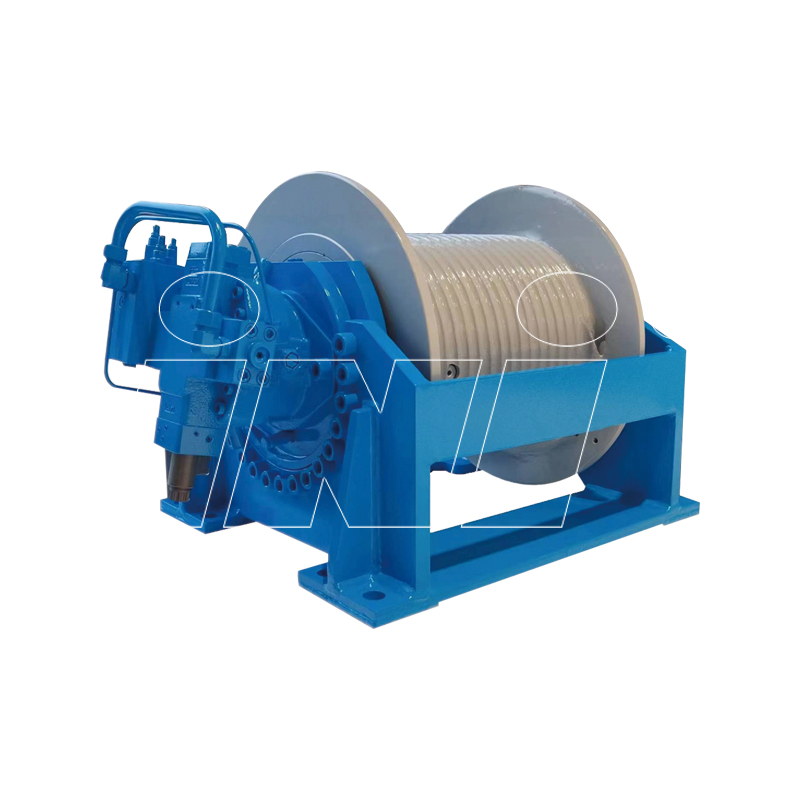
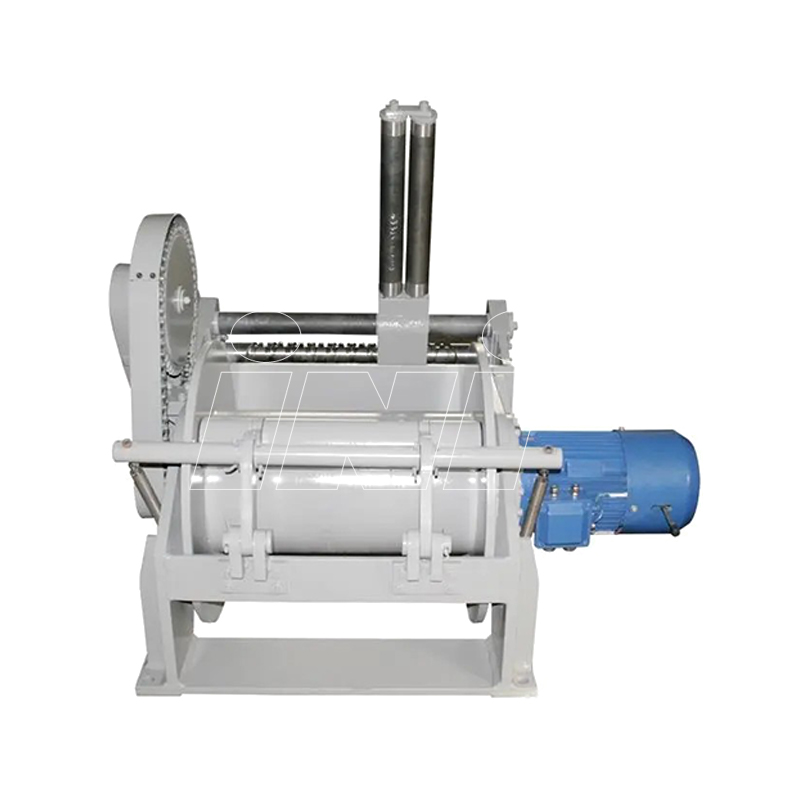
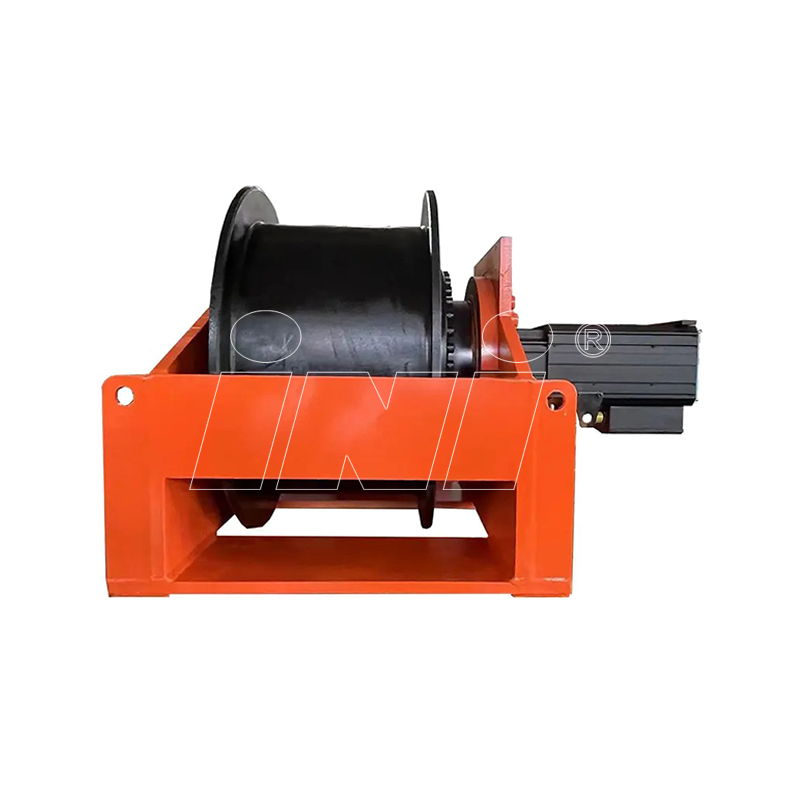

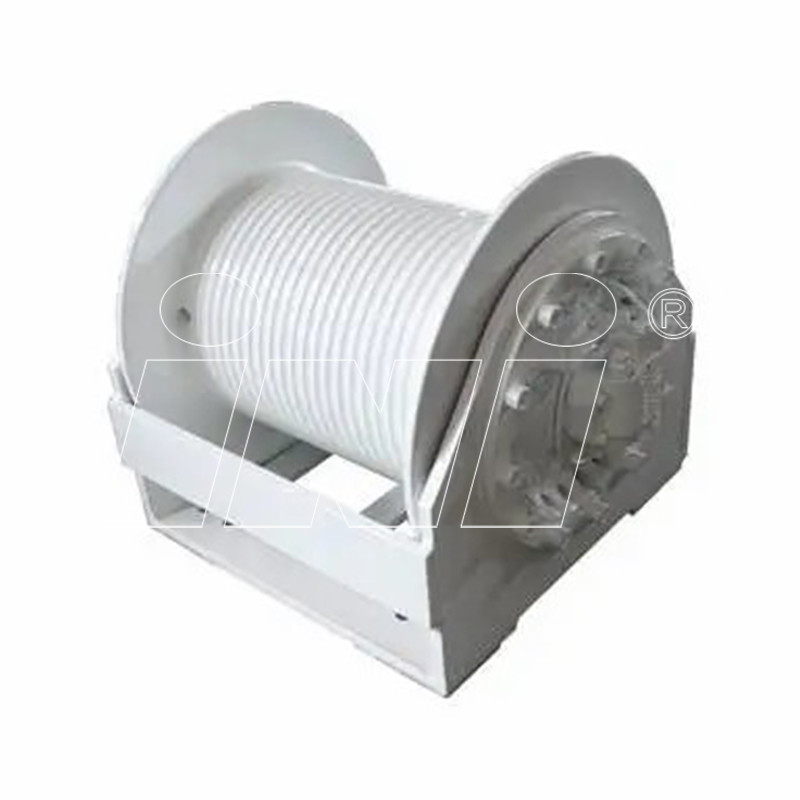
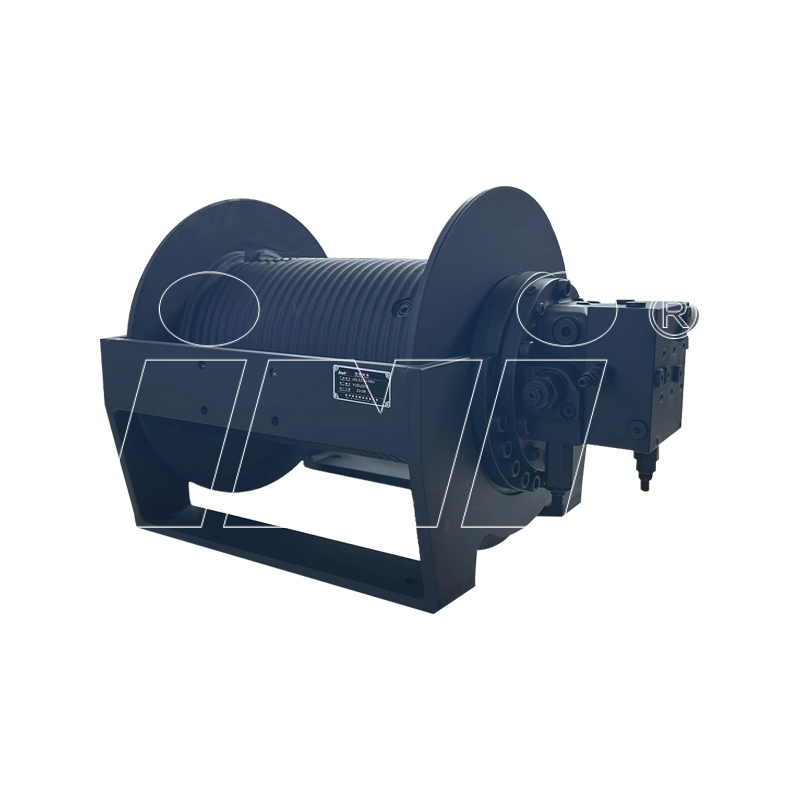
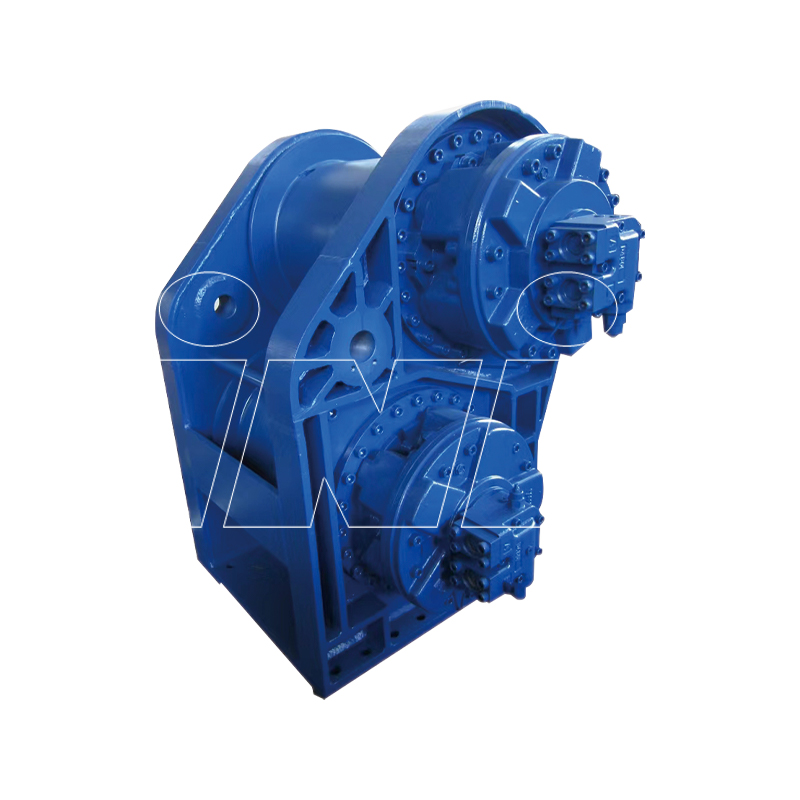

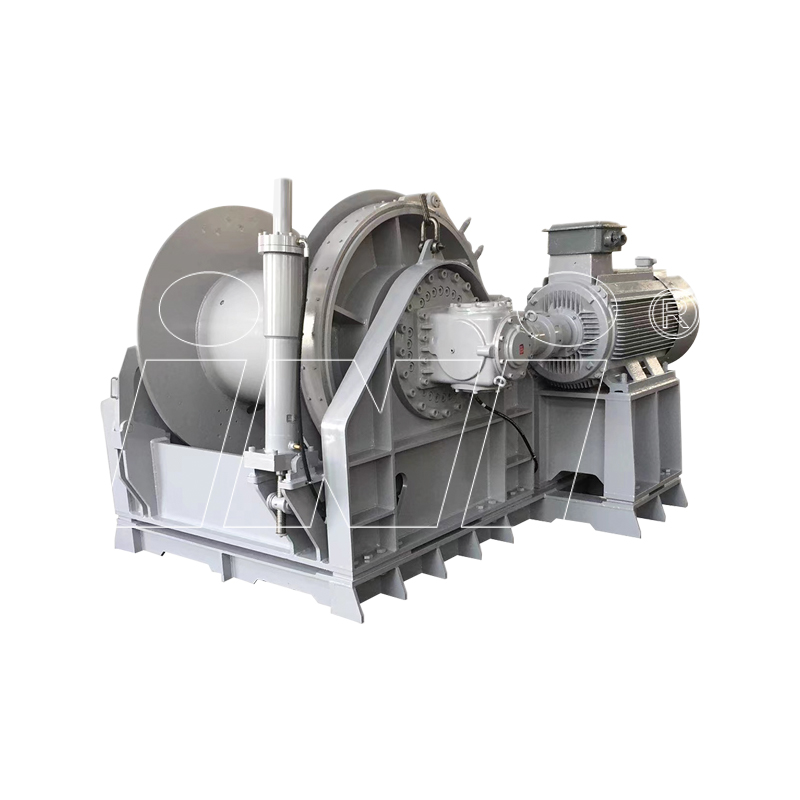





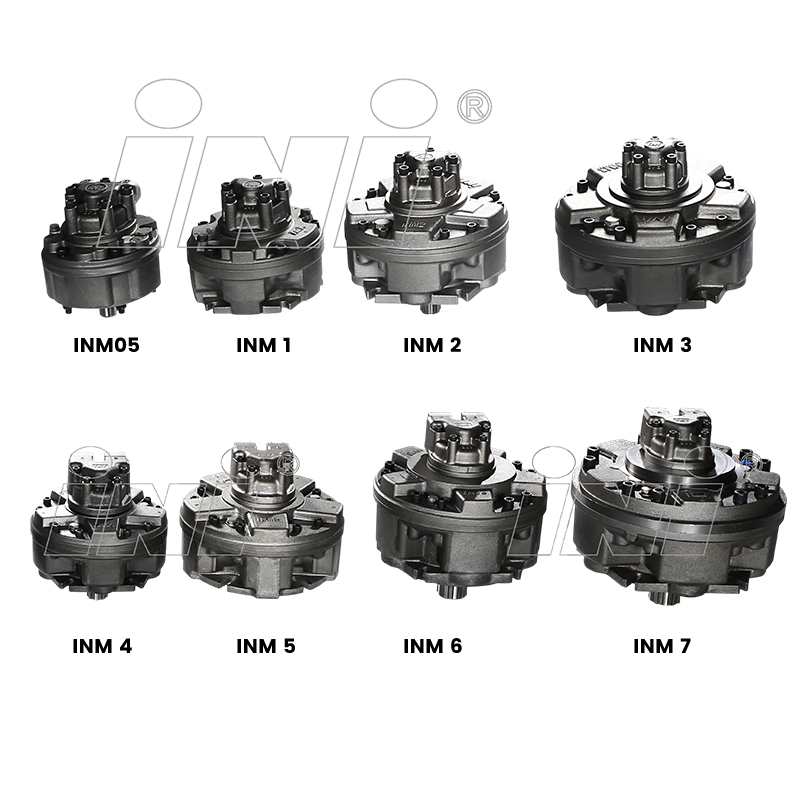

 English
English русский
русский Español
Español
 TOP
TOP